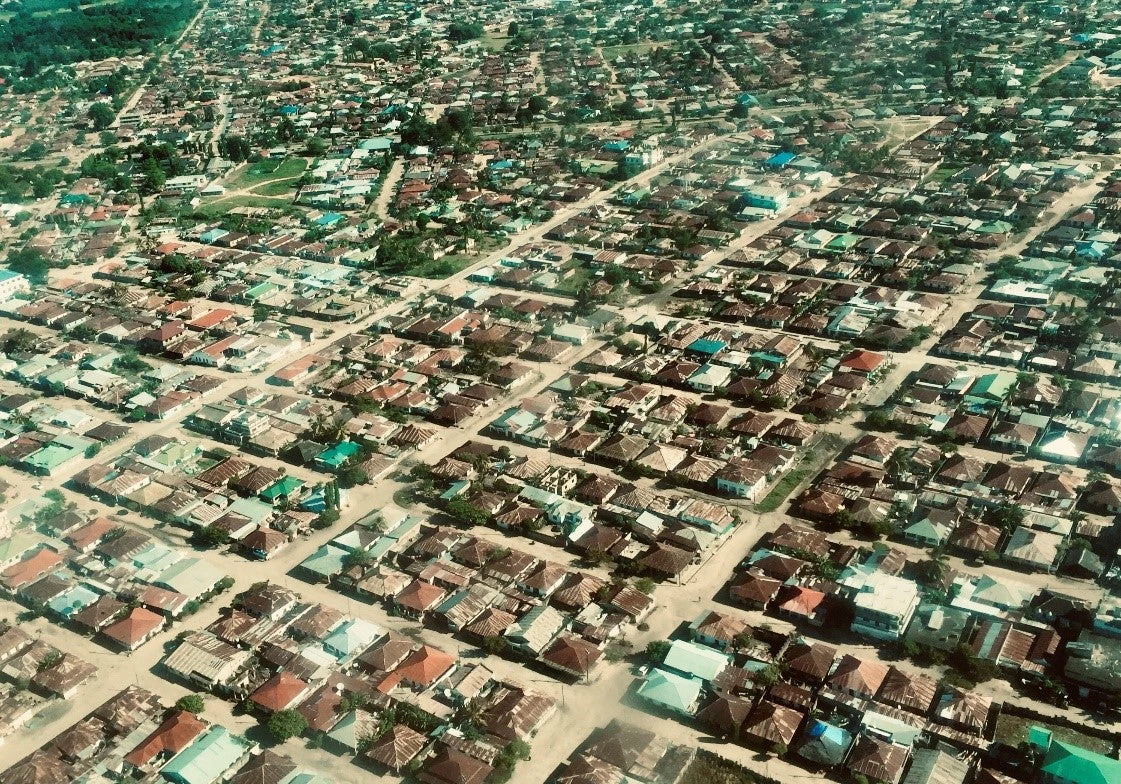
Thailand recently announced that it will put into action a national social assistance program for poor families. Such a program can help reduce poverty significantly. It would also move Thailand into the growing ranks of middle-income countries, such as China, Malaysia, Brazil, Turkey and the Philippines, that provide the poor with a ‘safety net’.
This week, the cabinet approved a package worth around 42 billion baht to finance cash allowances for the poorest and other subsidies for almost 12 million low-income families. For many poor families in Thailand, regular social assistance means their children being able to finish school or not going to bed hungry. For farmers, regular social assistance can help cushion the impact of natural disasters such as floods and droughts, which can wipe away a lifetime of savings.
Global evidence suggests that regular cash transfers can enable poor families to meet basic needs such as food, healthcare and education, and that they continue to work just as hard. Such studies have addressed concerns in many countries that cash transfers are mere handouts that encourage complacency. They have shown instead that a helping hand improves nutritional and educational outcomes, and the capacity of individuals and communities to cope with shocks, ultimately resulting in lower poverty and inequality.
But, according to the recently published World Bank Thailand Systematic Country Diagnostic, accurate targeting is key. An effective and efficient social assistance program consistently and reliably identifies those who need support the most.
Here is where challenges set in. With work in the informal sector so prevalent in Thailand, verifying household incomes can be difficult. Experience from other countries can help.
Where self-declared income may not be reliable, other information such as land and vehicle ownership status, educational levels of adults, and presence of household members with disabilities can be useful. Different countries screen these non-income indicators in different ways. Some simply tally the other welfare indicators for each family, while others do a more complex calculation of how important each factor is in predicting if a family is poor. Whatever the approach, countries often supplement such information with community-based validation to take advantage of local knowledge. Thailand is using such an approach, with information on employment status, property ownership and savings to help determine who is low income.
Developing countries also use “social registries” to cross-check indicators of household welfare. These data platforms allow cross-checking of household welfare indicators, ranging from land and car ownership to social security participation, and are used by multiple public programs as a common source of information.
The most comprehensive social registries include not only program beneficiaries, but the larger population. Pakistan includes around 90 percent of its population in its social registry. The Philippines and Chile respectively include 75 percent in their databases. Turkey cross-checks against approximately 28 public databases to confirm the accuracy of information about a family.
Multiple agencies refer to the social registries to determine eligibility for their programs. In many countries, the registries serve many initiatives: some 80 programs in Chile, over 50 in Philippines, and approximately 30 in Colombia, Pakistan and Brazil.
Thailand is now taking steps to establish its own social registry, beginning with the database of low-income families and consolidating dozens of welfare schemes. As the government embarks on this journey, it is already helped by an important foundation: the national ID system. Last year, the national ID system helped the government to eliminate over 650,000 ineligible beneficiaries who were already benefiting from agriculture schemes or who held cash and property that disqualified them from being considered poor. The system is also building on the government’s e-payment system to improve efficiency and convenience.
This is an exciting time for Thailand, as it seeks to establish a social protection system that is more suited to the needs and expectations of an upper middle-income country. The task is not a straightforward one. There will be competing pressures for public resources, challenges in program design and delivery, and new needs for cross-agency coordination.
But that step in the right direction has been taken. Thailand has enabled the building of a social protection system that can better serve all its citizens, and help the country towards its goal of further reducing poverty.
A version of this blog appeared in the Bangkok Post.



Join the Conversation